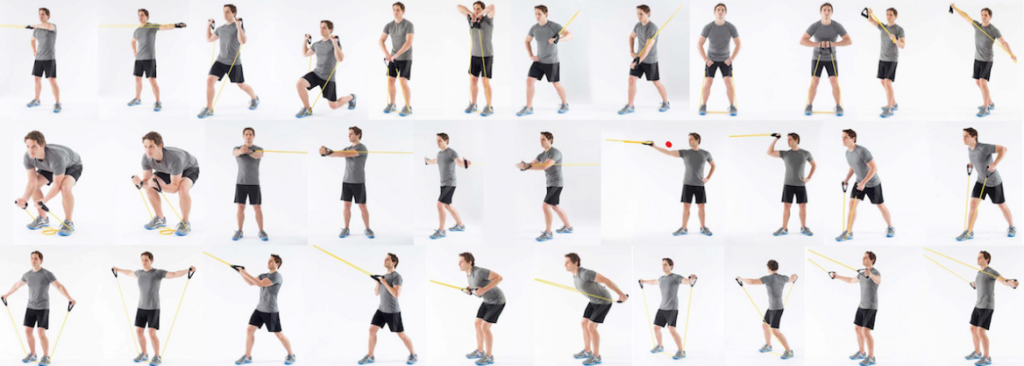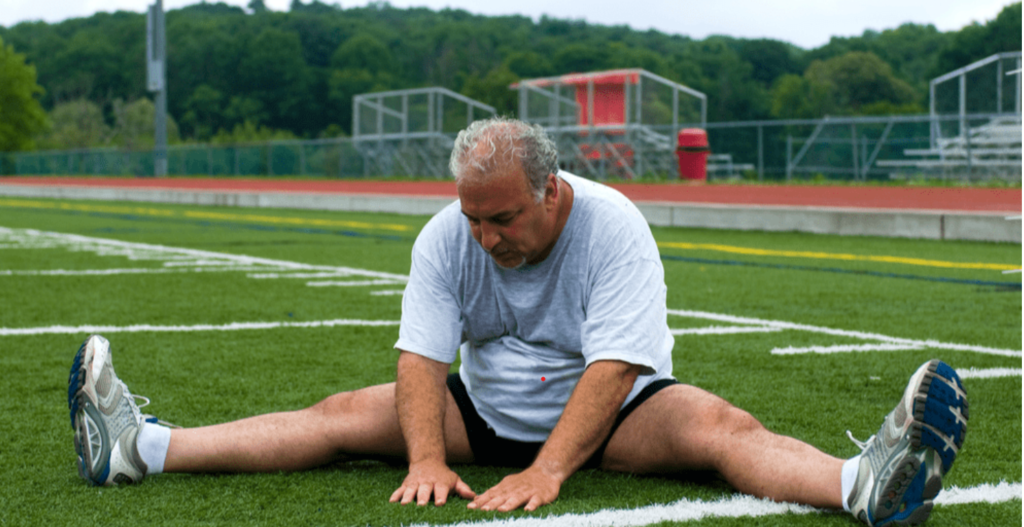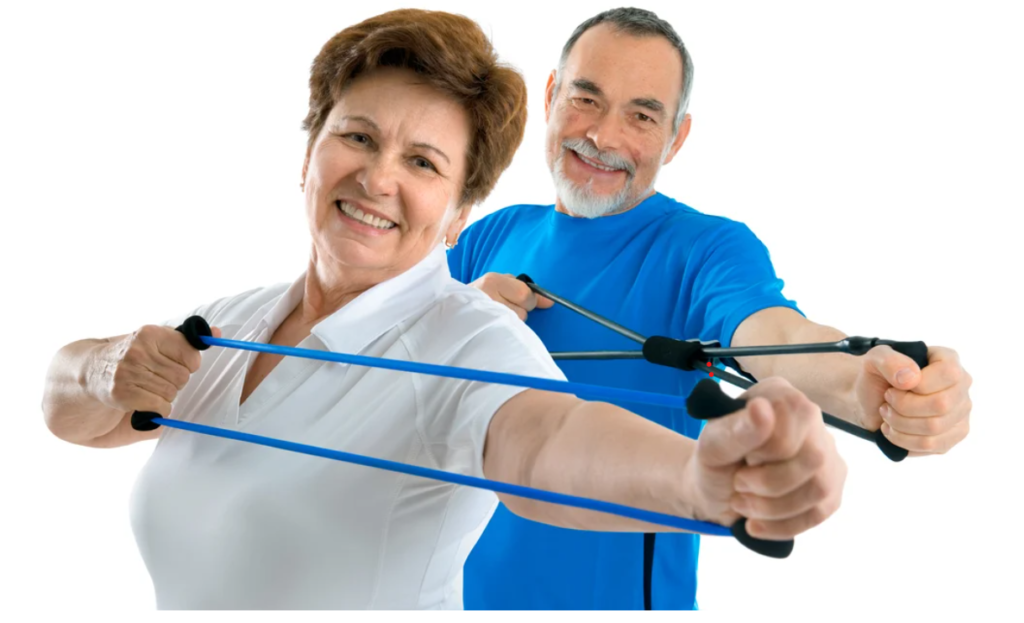First of all, seniors frequently encounter particular difficulties in their quest of an active and healthy lifestyle. The good news is that expensive equipment or demanding workouts aren’t always necessary to stay in shape. A cheap, useful tool for seniors is a simple resistance band. We’ll go over the advantages of resistance band exercises for seniors in this extensive guide, along with offering a thorough set of exercises that will help you become stronger, more flexible, and feel better overall.

Seniors Can Benefit from Resistance Band Exercises:
Gentle on Joints: Seniors can benefit greatly from resistance bands because they provide a low-impact substitute for traditional weights. A smooth range of motion is ensured by the bands’ constant tension, which lessens joint stress and lowers the chance of injury.
Versatility: Seniors can tailor the intensity of their workouts with these bands because they come in different resistance levels. Resistance bands can be tailored to your fitness level regardless of how experienced you are as an exerciser.
Increased Muscle Strength: Resistance band workouts work several muscle groups at once. This contributes to improved balance and stability, which are important components in preventing falls, a common concern for seniors. It also helps to increase overall muscle strength.
Increased Flexibility: As people age, their flexibility frequently decreases. Constant tension is provided by resistance bands, which gradually increase flexibility and encourage a greater range of motion. Enhanced suppleness can facilitate routine tasks and lower the likelihood of strained muscles.
The affordability and portability of resistance bands set them apart from bulky gym equipment. They are also simple to store. Seniors do not need a gym membership because they can use them in the comfort of their own homes or carry them around when traveling.
Now that we know the advantages, let’s get started with some resistance band exercises designed with seniors in mind.
Strengthened Bone Density: Resistance band exercises have been associated with stronger bone density, which is important to take into account for seniors because bone mass tends to deteriorate with age. Osteoporosis can be prevented and fracture risk can be decreased by engaging in weight-bearing exercises that are made easier with the help of resistance bands.
Increased Cardiovascular Health: Resistance band workouts are beneficial to cardiovascular health even though their main goal is strength training. Cardiovascular health can be enhanced by adding these exercises to a full workout regimen or by performing them in a circuit. This will raise heart rate and aid in circulation.
Improved Mental Health: Resistance band exercises are just one example of the many physical activities that have been shown to have positive effects on mental health. Exercise produces endorphins, which are naturally occurring mood enhancers that may lessen the symptoms of anxiety and depression. Furthermore, seniors’ confidence and self-esteem can be positively impacted by the sense of accomplishment they get from learning new exercises.
Better Posture and Body Awareness: Posture and body awareness are two areas where seniors frequently struggle. Resistance band workouts encourage optimal body alignment by focusing on the core muscles that improve posture. A greater awareness of one’s body not only lowers the chance of falling but also makes daily tasks easier by encouraging painless, effective movement.
Whether done in a group environment or with a workout partner, resistance band exercises can foster social interaction. Social contacts help seniors on their fitness journeys by fostering a supportive environment, supplying motivation, and improving mental health. Consistency and adherence to a healthier lifestyle are encouraged by this social component, which gives the workout regimen an enjoyable twist.

Seniors with Resistance Bands:
seated leg press
Sit on a chair with your back straight.
Around your feet, loop the resistance band.
Lean forward and spread your legs wide apart.
Resuming the initial position after a brief period of holding
Thoracic Press:
To a strong anchor at chest height, fasten the resistance band.
With both hands on the band, sit or stand with your back straight.
By extending your arms, push your hands forward.
With the resistance under control, slowly go back to the beginning position.
Leg lifts on the side:
Encircle your ankles with the band.
Take a tall stance and balance yourself by holding onto a chair or counter.
To overcome the band’s resistance, raise one leg sideways.
Repeat with the other leg after lowering it back down.
On the shoulder
Shoulder Roll: Stand on the resistance band with feet shoulder-width apart.
Hold the band’s ends in your palms, down.
As you raise your arms to shoulder level, roll your shoulders back.
Lower your arms, then carry out the motion again.
Curls on the Biceps:
With one foot planted firmly on the band and your palms pointing forward, step on it.
Curl your hands up to your shoulders so that your biceps are working.
Reposition your hands slowly while keeping the band taut.
Plantarflexion and Dorsiflexion of the Ankle:
Place the band around the ball of one foot and take a seat in a chair.
Flex your foot towards you (dorsiflexion) against the resistance.
Plantarflex your foot to point away, then repeat the motion.

Row in Seats:
At chest height, fasten the band to a doorknob or other anchor. Shoulder Roll: Stand on the resistance band with feet shoulder-width apart.
Hold the band’s ends in your palms, down.
As you raise your arms to shoulder level, roll your shoulders back.
Lower your arms, then carry out the motion again.
Curls on the Biceps:
With one foot planted firmly on the band and your palms pointing forward, step on it.
Curl your hands up to your shoulders so that your biceps are working.
Reposition your hands slowly while keeping the band taut.
Plantarflexion and Dorsiflexion of the Ankle:
Place the band around the ball of one foot and take a seat in a chair.
Flex your foot towards you (dorsiflexion) against the resistance.
Plantarflex your foot to point away, then repeat the motion.
Row in Seats:
At chest height, fasten the band to a doorknob or other anchor. Legs extended and feet flexed, take a seat.
Squeeze your shoulder blades together as you pull the band towards you.
Release the tension gradually and take a step back to where you were before.
Stretching the triceps:
With one hand behind your back, grasp one end of the band.
With your other hand, reach over your shoulder and grab the band.
Feel the resistance in your triceps as you extend your arm overhead.
Go back to where you were before and repeat on the opposite side.

In summary:
A senior’s exercise regimen can benefit greatly from including resistance band exercises. These exercises offer a safe and efficient way to keep active as we age, from increased muscle strength and flexibility to improved balance and decreased joint stress. To prevent strain, it is important to begin with low resistance and increase intensity gradually. Seniors should speak with their healthcare provider before starting any new fitness program to make sure these activities meet their specific health needs. Resistance band exercises can help seniors live a healthier, more active, and satisfying life if done consistently and under the right supervision.





